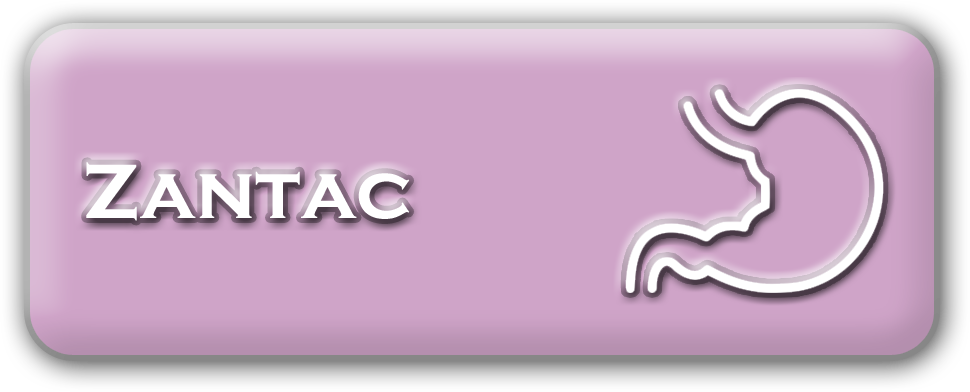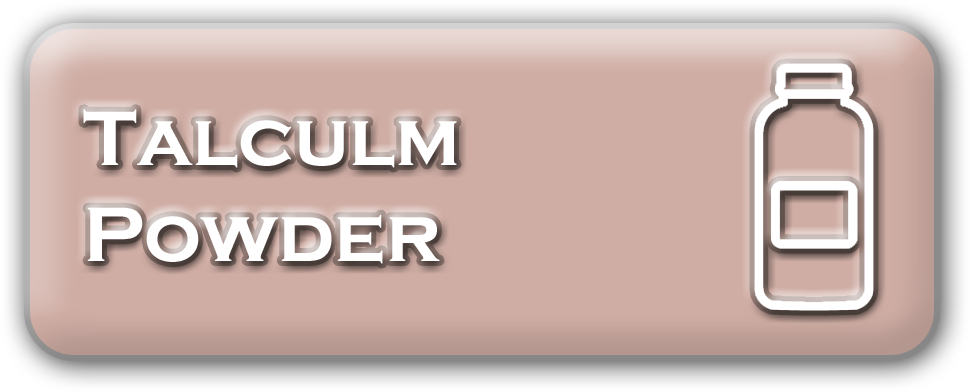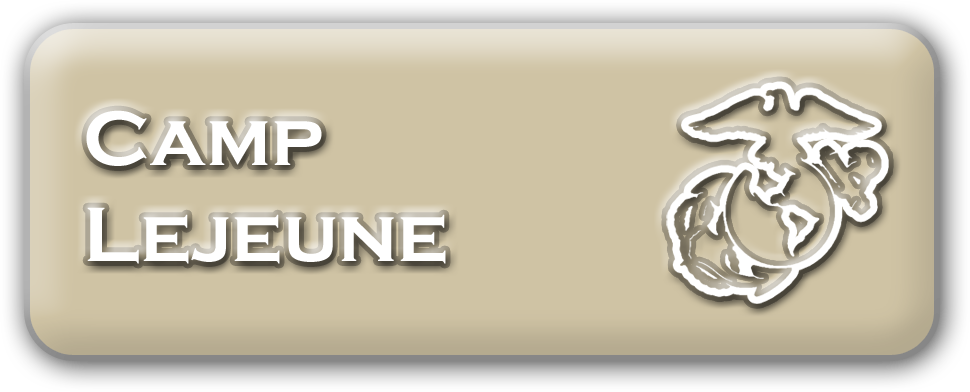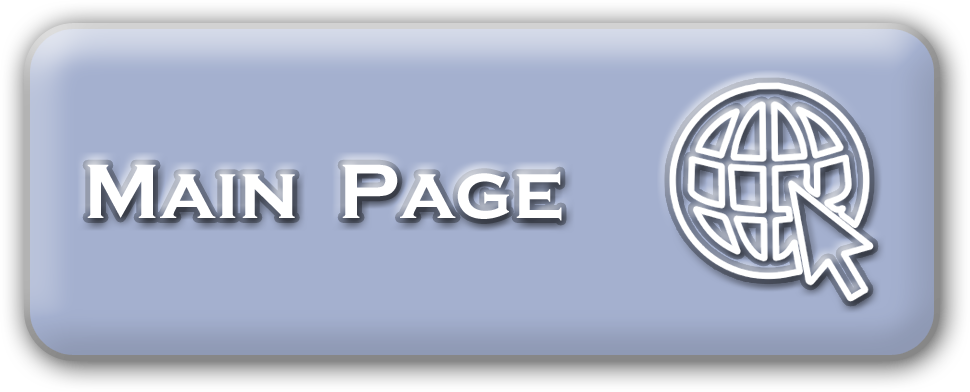Spinal Cord Anatomy And Physiology
Your spinal cord and your brain make up your central nervous system and work together to control most of the functions of your body. The spinal cord is a collection of nerves that originate near the base of the brain and travel down the back. It is made up of long nerve fibers that carry signals from the brain to the body. There are 31 sets of nerves that exit the spinal cord at various levels along the spine. These nerves allow the brain to control the rest of the body including the muscles and organs.
The nerves that exit from the top of the spinal cord control the arms while the nerves that exit the lower portion of the spinal cord control the legs. The spinal cord runs through the spinal canal that is protected on all sides by the bones of the vertebrae. The top seven vertebrae are called the cervical vertebrae and are located in the neck. There are 12 vertebrae in the chest area, known as the thoracic vertebrae, and five in the lower back, called the lumbar vertebrae.
The spinal cord itself is made up of four regions: cervical, thoracic, lumbar and sacral. The cervical nerves are associated with the back of the head, the neck and shoulders, the arms and hands, and the diaphragm. The thoracic nerves are associated with the chest, some back muscles and parts of the abdomen. The lumbar nerves are associated with the lower parts of the abdomen and back, the buttocks, some parts of the external genital organs and parts of the legs. The sacral nerves are associated with the thighs and lower parts of the legs, the feet, most of the external organs and the anus area.
Damage at any level of the spinal cord will impact the areas below it. In most cases, the further up the spinal cord the injury happens, the more severe the injury will be.
























